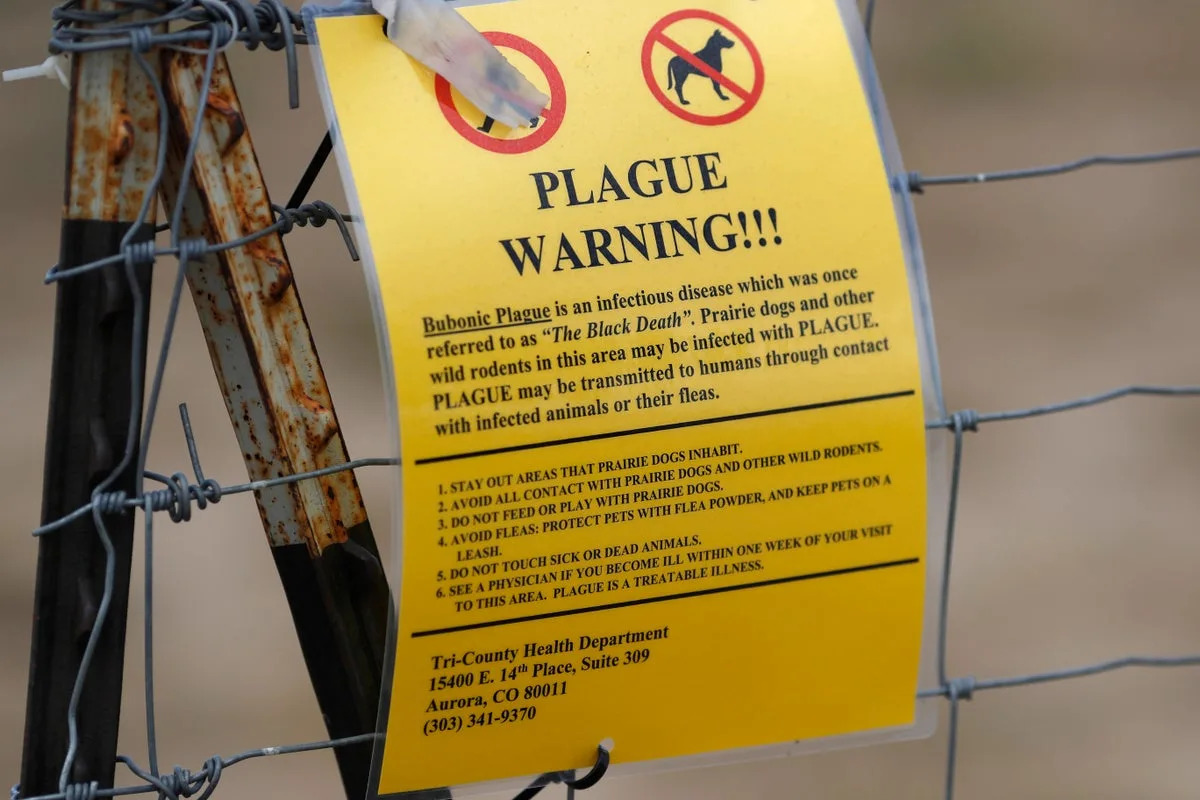A confirmed case of plague exposure has surfaced in El Dorado County, California, affecting a resident who contracted the disease while camping near Lake Tahoe. This marks the first human plague case in the county since 2020, raising concerns among health officials and prompting advisories for both residents and visitors. The individual is currently recovering at home, according to local health authorities.
Plague Case Confirmed
The El Dorado County Public Health Division reported that the individual likely contracted the plague from an infected flea. This incident underscores the ongoing presence of the plague bacterium in higher elevation areas of California, particularly within El Dorado County and the broader Tahoe Basin. The last confirmed human case in the county occurred in 2020, also suspected to have been acquired in the South Lake Tahoe region.
Understanding the Plague
Transmission and Risk Factors
The plague is a bacterial disease primarily affecting rodents but can be transmitted to humans through the bites of infected fleas. Direct contact with infected animals can also lead to transmission. According to health officials, the plague bacterium, Yersinia pestis, is naturally present in certain areas of California, making awareness and preventative measures crucial. The risk is elevated in areas with rodent populations, particularly during warmer months when fleas are more active.
Surveillance Data
Ongoing surveillance efforts provide valuable insights into the prevalence of plague exposure among rodents in the Tahoe Basin. From 2021 to 2024, surveillance revealed that 41 rodents in the Tahoe Basin showed evidence of plague exposure. In 2025, four additional rodents tested positive for the plague. This data, as reported by various media outlets including TahoeDailyTribune.com, highlights the continuous presence of the disease in the region and the importance of public health monitoring.
Public Health Advisory
Preventative Measures
In response to the confirmed case, health officials are urging residents and visitors to take precautions to minimize their risk of exposure. These measures include:
- Avoiding contact with wild animals, especially rodents.
- Using insect repellent containing DEET or other effective ingredients to protect against flea bites.
- Wearing long pants and sleeves when outdoors in areas where rodents are present.
- Keeping pets on leashes and using flea control products recommended by a veterinarian.
- Avoiding camping or resting near rodent burrows or areas with visible rodent activity.
- Reporting any sick or dead animals to local health authorities.
Rodent Control
Controlling rodent populations around homes and recreational areas is another critical step in preventing plague transmission. Residents are advised to eliminate potential food sources and nesting sites for rodents, such as:
- Keeping garbage cans tightly covered.
- Removing brush, woodpiles, and other debris that can provide shelter for rodents.
- Storing pet food in sealed containers.
- Sealing any holes or cracks in buildings to prevent rodents from entering.
Plague in California
The California Department of Public Health (CDPH) monitors plague activity throughout the state. While human cases are relatively rare, the plague is enzootic in many areas, meaning it is constantly present in the animal population. According to the CDPH, most human cases occur in rural or semi-rural areas, particularly in mountainous regions. Staying informed about local health advisories and taking appropriate precautions can significantly reduce the risk of infection.
Media Coverage and Sources
The recent plague case has garnered attention from various media outlets, including TahoeDailyTribune.com, Ground News (aggregating from sources like n-tv.de, Newser, CNN, ABC News, KRDO, UPI, RNZ, Upstract), The Independent, and New York Post. These reports emphasize the importance of public awareness and adherence to preventative measures. Consulting reputable sources like the CDPH and local health departments provides accurate and up-to-date information about the plague and its prevention.
Conclusion
The confirmed plague case near Lake Tahoe serves as a reminder of the ongoing risk of exposure to this disease in certain regions of California. By staying informed, taking preventative measures, and following the guidance of health officials, residents and visitors can significantly reduce their risk and help prevent future cases. Vigilance and proactive steps are key to mitigating the impact of plague in affected areas.


